WHEN the fullness of the time was come, God sent forth His Son.” When St. Paul penned these words; he emphasized God’s choice of the time of Christ’s first advent. He seemed to have no doubt lurking in his mind that the exact time was unknown to believers. Biblical writers introduce mention of it with great depth of reverence, as, for example, in Hebrews 1:6: “When He (the Father) bringeth in the First-begotten into the world, He saith, And let ALL the angels of God worship Him”.
Then, at the word of command from the Father, “suddenly there was … a multitude of the heavenly host, praising God and saying, Glory to God in the highest, and on earth peace, good will toward men”. The angels of God, all that innumerable heavenly host of ministering spirits, ‘flames of fire’, were poised, ready and awaiting the Father’s word to burst forth into rapturous praises over the birth of the Babe destined to rule the nations. What a Day! What a moment of joy beyond compare! ‘The fullness of the time had come’!
‘While shepherds watched their flocks by night‘
Years ago, in large volumes entitled Picturesque Palestine, the much-traveled Canon H. B. Tristram (died 1906), who had made frequent visits to Palestine, wrote as follows (Vol. I, page 124):
“A little knoll of olive trees surrounding a group of ruins marks the traditional site of the angels’ appearance to the shepherds, Migdol Eder, ‘the tower of the flock’. But the place where the first ‘Gloria in excelsis’ was sung was probably further east, where the bare hills of the wilderness begin, and a large tract is claimed by the Bethlehemites as a common pasturage. Here the sheep would be too far off to be led into the town at night; and exposed to the attacks of wild beasts from the eastern ravines, where the wolf and the jackal still prowl, and where of old the yet more formidable lion and bear had their covert, they needed the shepherds’ watchful care during the winter and spring months, when alone pasturage is to be found on these bleak uplands”. (Italics supplied).
Here an authority of no mean standing tells us that in the dry summer season the hills are well-nigh bare, affording insufficient pasture, so the shepherds then normally keep their sheep near the town and enfold them at night. But when the winter rains fall, the hills become clothed with grass, and the shepherds, knowing this, take their sheep further a field. Then, because it would make the sheep walk too far to reach the folds every evening, expending energy needlessly, they simply watch their flocks in the fields all night. This seems to be precisely what the evangelist Luke describes:
“And there were in the same country shepherds abiding in the field, keeping watch over their flock by night” (Luke 2:8). The shepherds were not in the town; the flock was not in a fold in or near the town. They were afar in ‘the field’ or common pasturage. The sheep were taken there only in the winter, when the winter rains brought forth grass on the hills.
Another authority of the highest rank, Dr. Alfred Edersheim, who considers it likely that the angel appeared to the shepherds at the traditional site, states:
“This Migdol Eder was not the watchtower for the ordinary flocks which pastured on the barren sheep-ground beyond Bethlehem, but lay close to the town” (Life and Times of Jesus the Messiah 1:186).
He surveys (in Appendix VII) all the evidences he is aware of, and while he admits that ‘absolute certainty’ is impossible as to the exact date of the Nativity, he shows that the known ‘factors do not really conflict with the December dating. “There is no adequate reason,” he wrote, “for questioning the historical accuracy of this date. The objections generally made rest on grounds which seem to me historically untenable.“
Readers of Scripture who possess first-hand knowledge, or have acquaintance with authoritative works on the climate of Palestine, recognize that the arguments against the December date, based upon wintry and snowy conditions, are untenable. The facts have long been known.
As far back as 1863, Smith’s Bible Dictionary, under the heading ‘Palestine: the Climate’, explained the rarity of snow in southern Palestine, while it conceded its more frequent occurrence in the northern parts of the land. The mean temperature at Jerusalem during December is said to run around 47 to 60 degrees F.
It certainly would not hurt sheep to be out at night in that sort of temperature. The Dictionary further states:
“As in the time of our Saviour (Luke 12: 54), the rains come chiefly from the S. or S.W. They commence at the end of October or beginning of November, and continue with greater or less constancy till the end of February or middle of March, and occasionally, though rarely, to the end of April. It is not a heavy continuous rain, so much as a succession of severe showers or storms with intervening periods of fine bright weather, permitting the grain crops to grow and ripen. And although the season is not divided by any entire cessation of rain for a lengthened interval, as some represent, yet there appears to be a diminution in the fall for a few weeks in December and January, after which it begins again, and continues during February and till the conclusion of the season.”
It may be noted that the traditional date .for the birth of Christ falls in this period of the diminution of rainfall toward the end of December. The former rains would have produced grass on the hills, and the fine bright weather intervening between the rains, with temperatures averaging 55 degrees F. would be excellent for sheep grazing on the hills east of David’s royal city.
Unger’s Bible Dictionary, published by the Moody Press in 1959, has little to add to the foregoing. Under the heading ‘Palestine: Climate’ it speaks of the winter season, ‘moist, rainy, mild, from November to April’. Under the heading ‘Winter’ we are told that “the cold of winter is not usually very severe, though the north winds are very penetrating from the middle of December to the middle of February. Snow and hail during most winters fall on the hills. On the central range snow has been known to reach a depth of nearly two feet, and to lie for five days or even more, and the pools at Jerusalem have some times been covered with ice. But this is rare. On the central range the ground seldom freezes, and the snow usually disappears in a day.”
When it is remembered that the foregoing is a general description for the whole land of Palestine, the northerly highlands included, which are cooler than the Bethlehem region, it is not difficult to believe, as a missionary who had lived east of the Jordan for a number of years, told the writer, that one might see shepherds out with sheep at night any month of the year; they go where there is pasture. And it is clear that it is only during the winter that pasture is to be found on the hills east of Bethlehem.
The course of Abia
From the evidence for date furnished by the narrative of the shepherds we turn to that supplied by ‘The course of Abia’, mentioned in Luke 1:5. King David had divided the priests into 24 courses, to serve in rotation. This they evidently did down to the time of the Babylonian Captivity. After the Captivity the courses were started again, and were still officiating in weekly rotation in New Testament times. It appears, however, that only four of the original 24 courses returned with the remnant of the nation to the land of Israel, the missing courses being filled by proxy from the four. To make matters even more difficult, the Bible names several ‘courses’ after the Captivity which cannot be identified with any of the original ones. It therefore follows that there is no certainty about the time of year when the course of Abia would be officiating. Nevertheless, such evidence as is available is favorable to the December dating of the Incarnation. It is necessary to look for the nearest datable reference to one of the courses, and from that to reach by calculation the year mentioned in Luke 1:5. On this matter it is helpful again to quote from the pages of Dr. Edersheim:
“In Taan. 29”-i.e., the Talmudic Tractate Taanith, on Fasting and Fast-days -we have the notice, with which that of Josephus agrees (War 6:4, 1, 5), that at the time of the destruction of the Temple, ‘the course of Jehoiarib, which was the first of the priestly courses, was on duty.
That was on the 9-10 Ab of the year 823 A.U.C.” (i.e., in Roman reckoning), “or the 5th August of the year 70 of our era. If this calculation be correct(of which, however, we cannot feel quite sure), then counting ‘the courses’ of priests backwards, the course of Abia would, in the year 748 A.U.C. (the year before the birth of Christ) have been on duty from the 2nd to the 9th of October. This also would place the birth of Christ in the end of December of the following year (749), taking the expression ‘sixth month’ in St. Luke 1:26, 36, in the sense of the running month (from the 5th to the 6th month: comp. St. Luke 1:24).But we repeat that absolute reliance cannot be placed on such calculations, at least so far as regards month and day”.
For what this evidence is worth, therefore, it would appear that the Bible’s mention of ‘the course of Abia’ is in favor of a December Nativity for our Lord Jesus Christ.
When we turn to astronomical factors, the confirmation of the traditional December date is very striking. The star seems to have appeared in the Constellation of Coma. By the ancient Arabs this was called ‘The Son of the Virgin’. It is close beside the Constellation of Virgo the Virgin. Could anything be more appropriate? Do not the words of the Magi suddenly leap into life, when they said, “We have seen HIS star in the East.” They did not say, ‘We have seen a star’, or ‘a strange star’, or even ‘a new star’, but emphatically HIS star.
Beaming brilliantly out of ‘The Son of the Virgin’, it was definitely HIS star.
It has been calculated that this Constellation of Coma, with its brightest of all stars, stood directly over the city of Bethlehem in Judea at the exact hour of midnight at the Spring Equinox, 22nd March, 4 BC, the probable year of Christ’s birth as many historians agree. Tradition has it that the Magi, on the way from Jerusalem to Bethlehem, stopped by the well of Bethlehem whose waters David had so greatly longed for a thousand years previously (1 Chronicles 11 : 15-19). There, runs the story, by examining the reflection of the star in the still waters in the well, they ascertained that it stood indeed exactly overhead, just as Matthew’s Gospel records, ‘It stood over where the young child was’.
Was Christ, then, born on 22nd March? Certainly not! The Magi did not visit the Infant Saviour in the stable just after His birth, as did the shepherds from the fields close by the city. A number of events and a considerable period of time must have elapsed between His birth and their visit; indeed, the Infant was no longer in the manger when they arrived at Bethlehem, but in ‘the house’ (compare Luke 2:7 with Matt. 2:11).
We know that immediately after the visit of the Wise Men, Joseph with Mary and the Child Jesus fled into Egypt (Matt. 2:13-16), and stayed there until the death of Herod. But before this happened, Jesus had been brought into the temple at Jerusalem to be presented to the Lord, following the pattern laid down in the law of Moses (Luke 2:21-24). This would occupy 40 days (Luke 2:22; Lev. 12:1-4).
There is nothing in the Biblical record to indicate that the visit of the Magi occurred immediately after the 40 days; it may have been some time later.
If then the astonishingly bright star, HIS star, was, as near as we can tell, over Bethlehem at midnight, 22nd March, B.C. 4, where was it in the closing days of December of the previous year? that is to say, three months earlier? The answer is that it would then just be rising on the eastern horizon at midnight. We remember the words of the Magi when they arrived in Jerusalem, ‘We have seen His star IN THE EAST’ (Matt. 2:2). This gives substantial support to the December date for the nativity.
Furthermore, the constellation of Virgo the Virgin, just nine months before this, again at midnight, was on the meridian of the city of Nazareth where the Virgin Mary then lived, and that would doubtless be the precise season when the angel Gabriel made the Annunciation to Mary that she was to be the mother of the Messiah.
In Matthew 2:16 we are further told that the wily Herod slew the children of Bethlehem ‘from two years old and under’. He got this time factor from the Wise Men, for we read that it was ‘according to the time which he had diligently enquired of the wise men’. We may well enquire what gave rise to this two-year factor.
Both Dean Farrar in his Life of Christ and Dr. J. A. Seiss in The Gospel in the Stars, tell us that there was a conjunction of the two major planets, Jupiter and Saturn, in B.C. 6. This was nearly two years before Christ’s birth. In fact there were no less than three conjunctions within a twelve-month period, the third including also the red planet Mars and taking place in the early part of December. Had these anything to do with Christ’s birth? We sincerely believe so.
In ancient times such conjunctions were believed to herald the birth of some great person. The astronomer Kepler was the first modern scientist to calculate backwards to the movements of these planets and to ascertain the conjunctions which occurred in 6 B.C. The fact of three conjunctions would probably lead the Magi to expect the birth of an illustrious person greater than all others.
Dr. Seiss points out that the sages of those ancient days held the particular constellation Pisces the Fishes-in which the conjunctions occurred to be specially linked with the particular people of God, that is to say, Israel. At all events, the Magi linked the expected birth with the land of Israel and to its capital city they went.
Dr. A. C. Custance of Ottawa, writing recently on Shem, Ham and Japheth, has presented strong evidence that the Wise Men came from Southern Arabia where Judaism wielded considerable influence. These Magi might therefore conceivably possess a large degree of knowledge concerning the Old Testament writings, and the promise therein contained, of the coming of the Messiah to Israel. On their arrival in Israel’s capital, they asked their question, ‘Where is He that is born King of the Jews, for we have seen His star in the East and are come to worship Him?’ (Matt. 2:2), and must have been keenly disappointed to find that their question ‘troubled’ everyone from King Herod downwards.
King Herod pressed them with questions about the matter, and it seems likely that they informed him not only of the new bright star, HIS star, but also of the significant conjunctions of planets two years previously, which indicated the birth within the two-year period.
Knowing from the Jewish scribes that Bethlehem was to be the place of Messiah’s birth, the wicked Herod, miserably diseased and sick at this time, sent the Magi off to that city. Clearly they had not expected the star to appear immediately over the city they were now approaching. But to their joy, the star, making its slow steady cycle about the heavens as stars do, appeared exactly over the spot to which they were hastening. They had not realized that the star would indicate the place as well as the fact of the kingly birth. Now the star ‘went before them’, that is to say, it was moving over Bethlehem as they neared the city, ‘till it came and stood over where the young child was’ (Matt. 2 : 9). Their faith was at last richly rewarded; they rejoiced ‘with exceeding great joy’ (2:11).
By inquiry they would find ‘the house’ and entering they ‘saw the young Child with Mary His mother, and fell down, and WORSHIPPED HIM’. Not now was He the babe in swaddling clothes, but somewhat older, a ‘young child’.
It was the climax of a long and persistent search. With satisfied hearts they returned to ‘their own country’, not, be it noted, to their countries, but to their country; they all came from one place.
Such then are some of the reasons why it is highly probable, in the opinion of the writer, that the Nativity took place in or about the closing days of December rather than at any other period of the year, and to him the harmonizing of the various factors which have been mentioned provides a reasonable proof of his contention.
Originally Published in the Bible League Quarterly
October/December 1965
by David J. Gibson

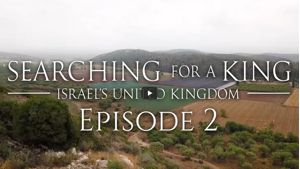
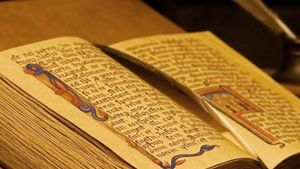
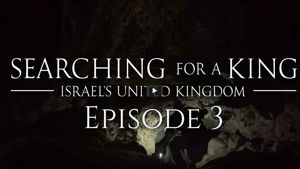
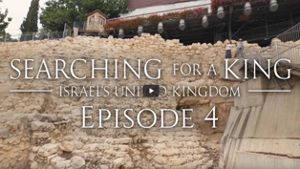
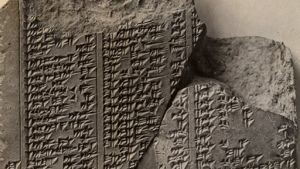


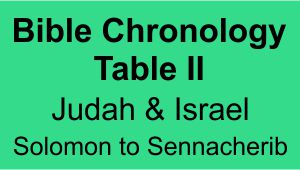
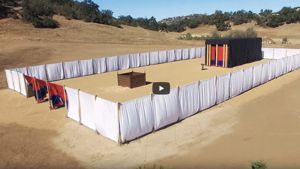
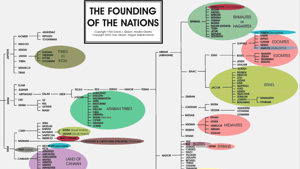

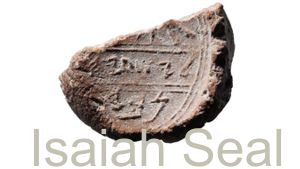
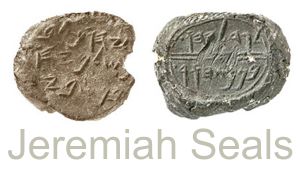


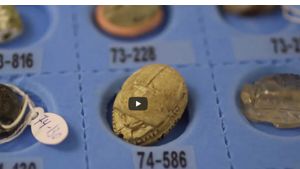
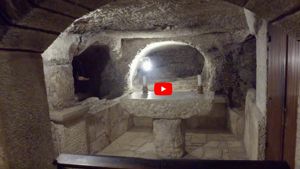
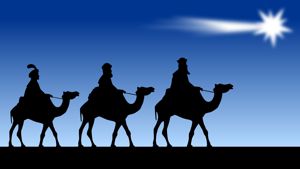
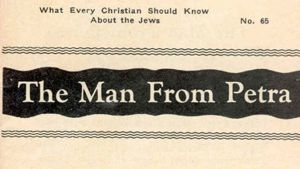
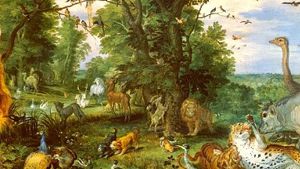
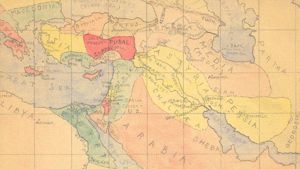
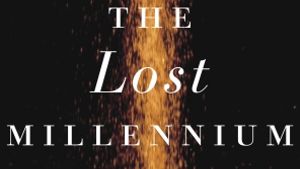
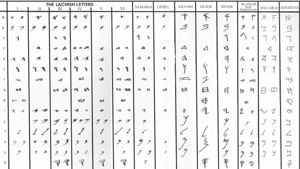
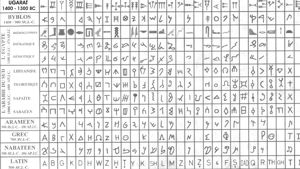
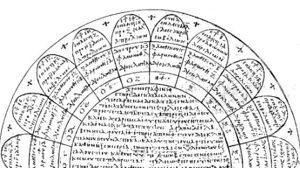
Page Discussion
Membership is required to comment. Membership is free of charge and available to everyone over the age of 16. Just click SignUp, or make a comment below. You will need a user name and a password. The system will automatically send a code to your email address. It should arrive in a few minutes. Enter the code, and you are finished.
Members who post adverts or use inappropriate language or make disrespectful comments will have their membership removed and be barred from the site. By becoming a member you agree to our Terms of Use and our Privacy, Cookies & Ad Policies. Remember that we will never, under any circumstances, sell or give your email address or private information to anyone unless required by law. Please keep your comments on topic. Thanks!